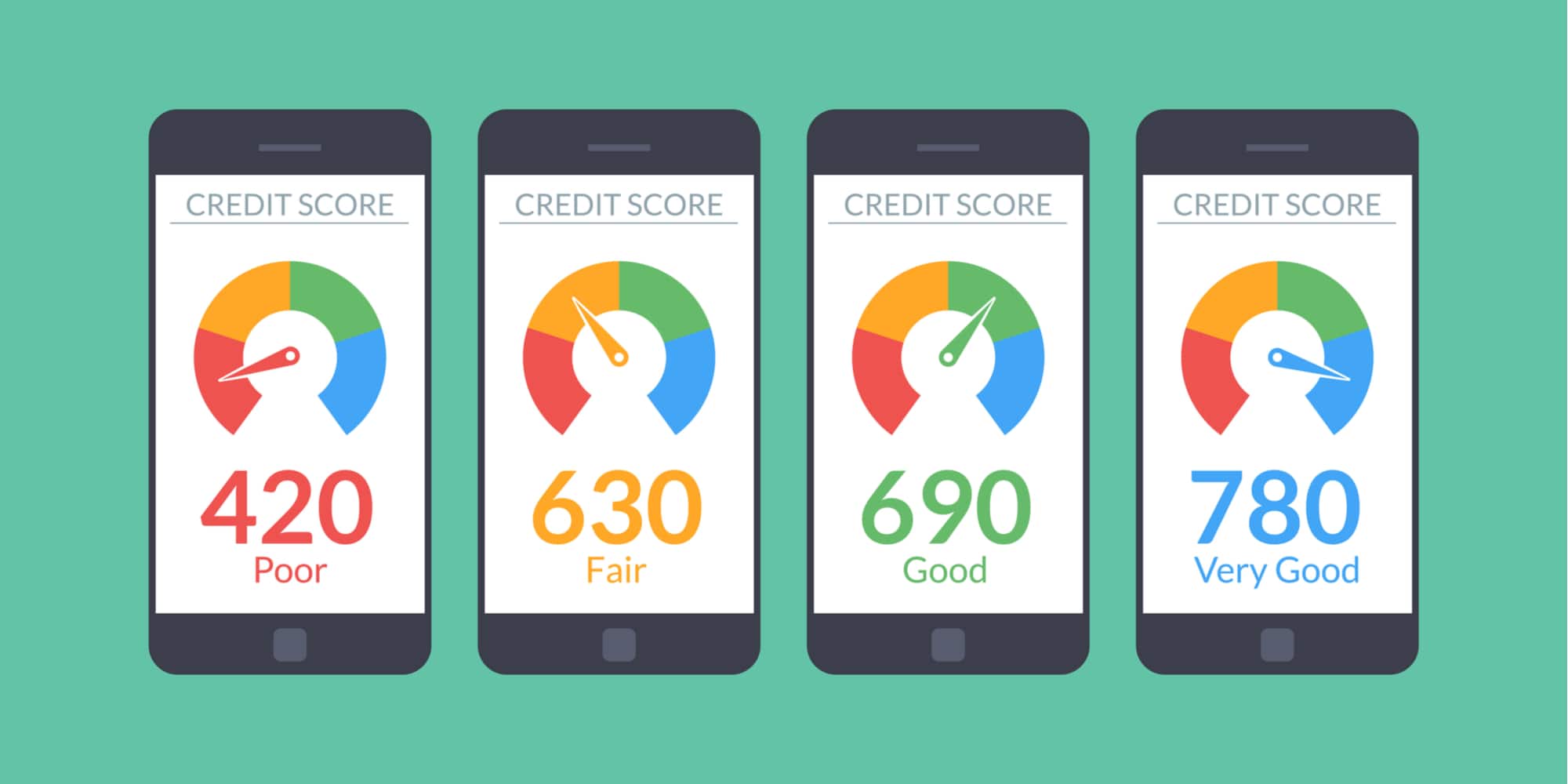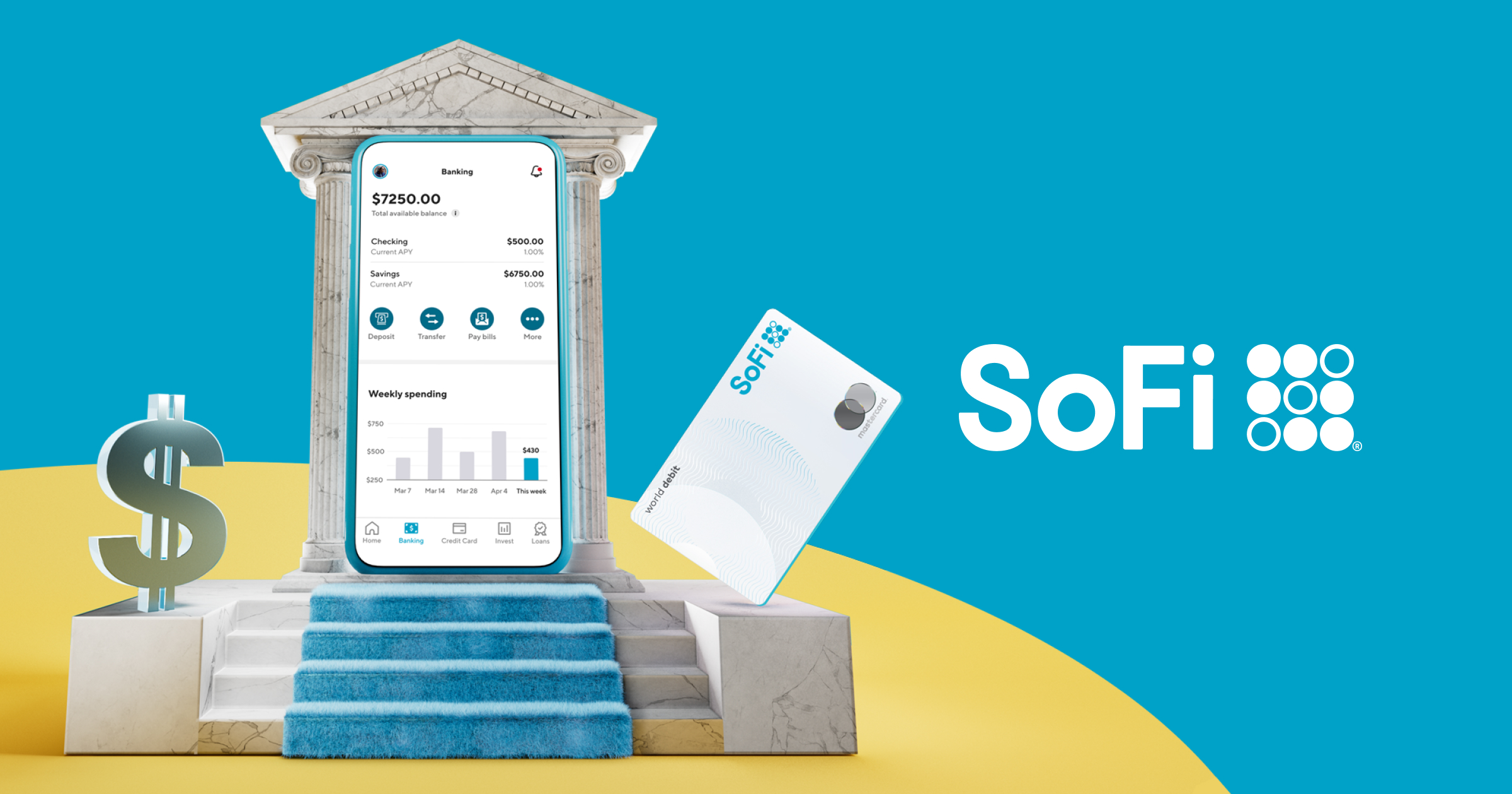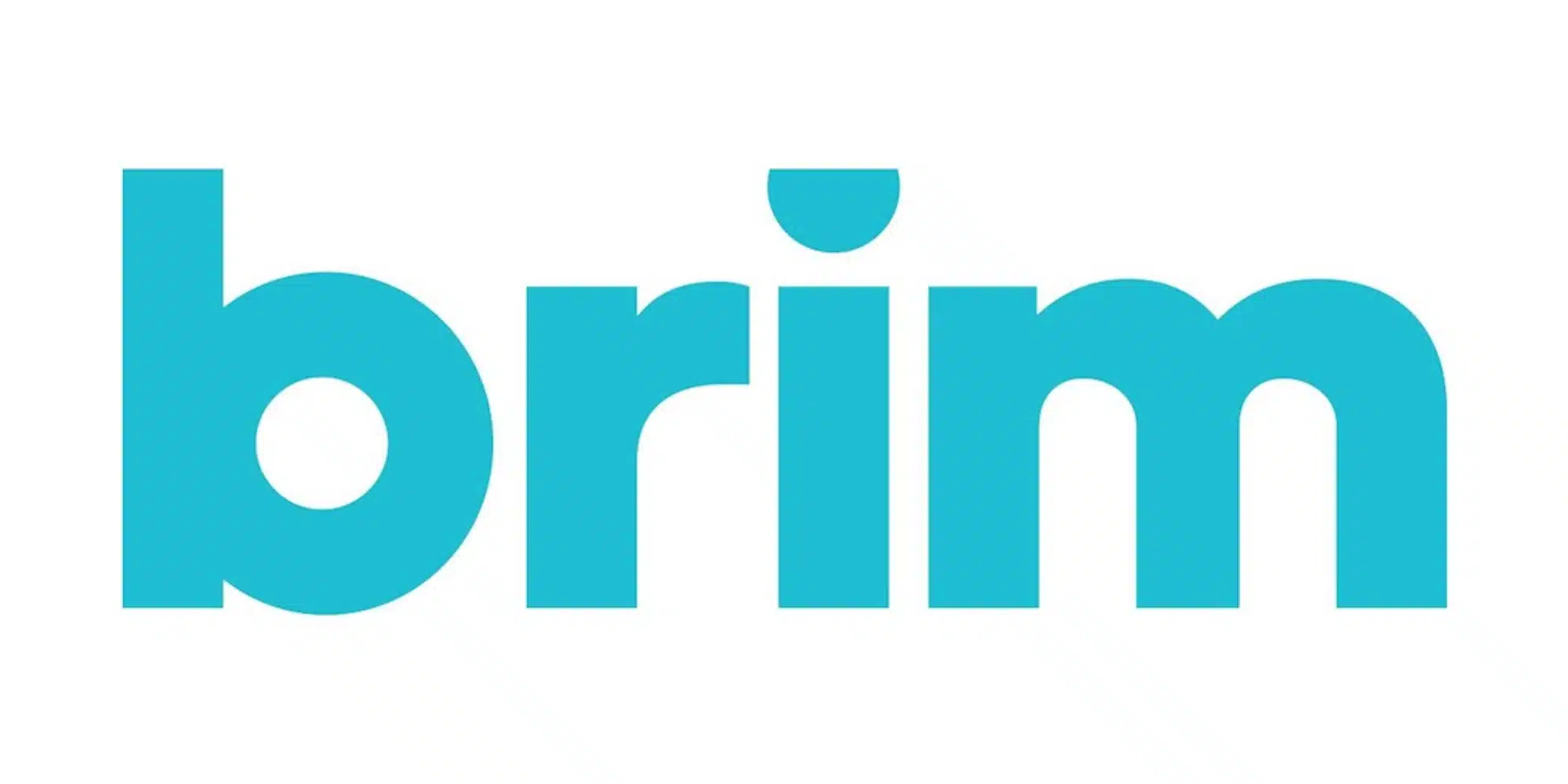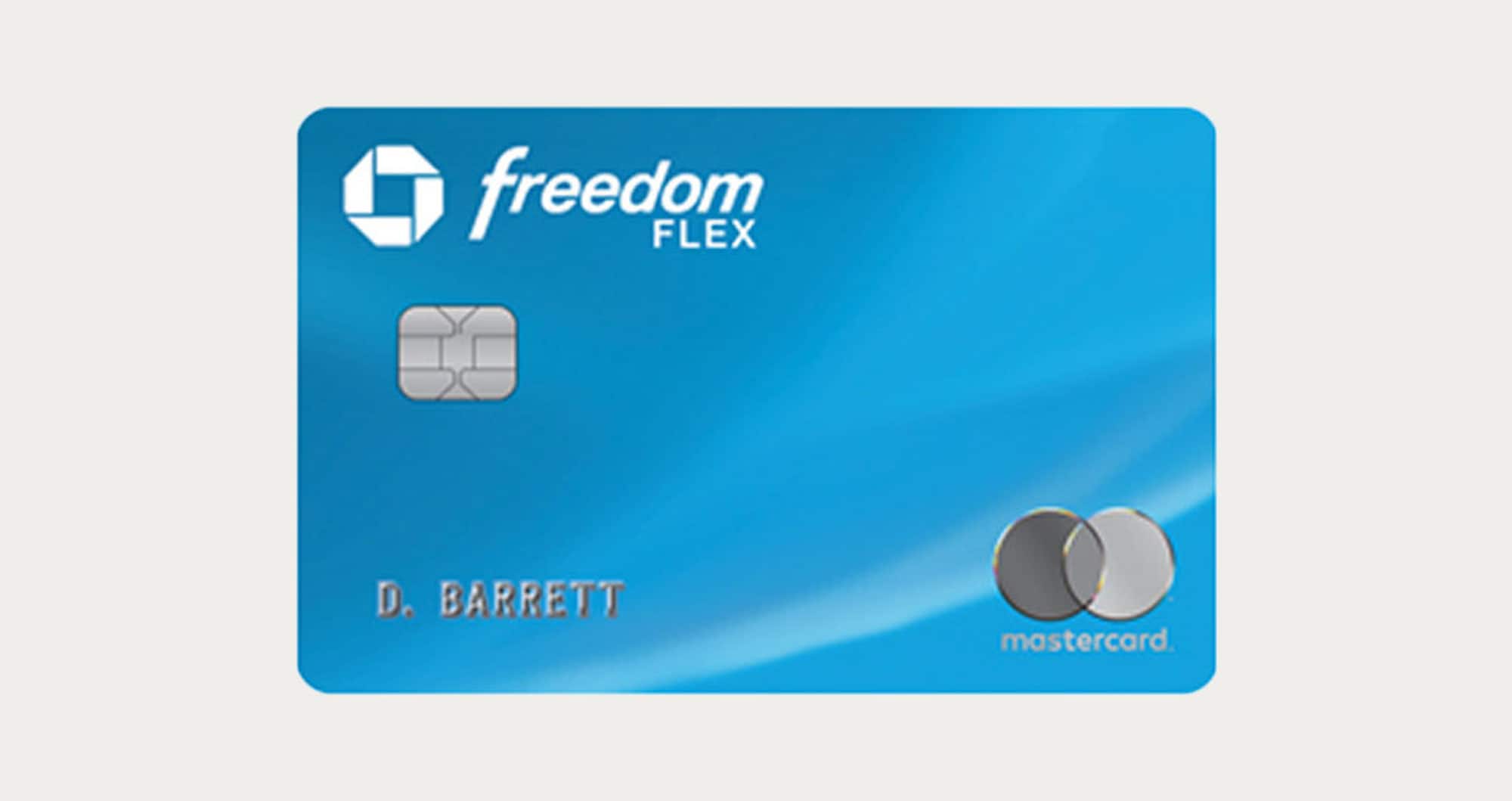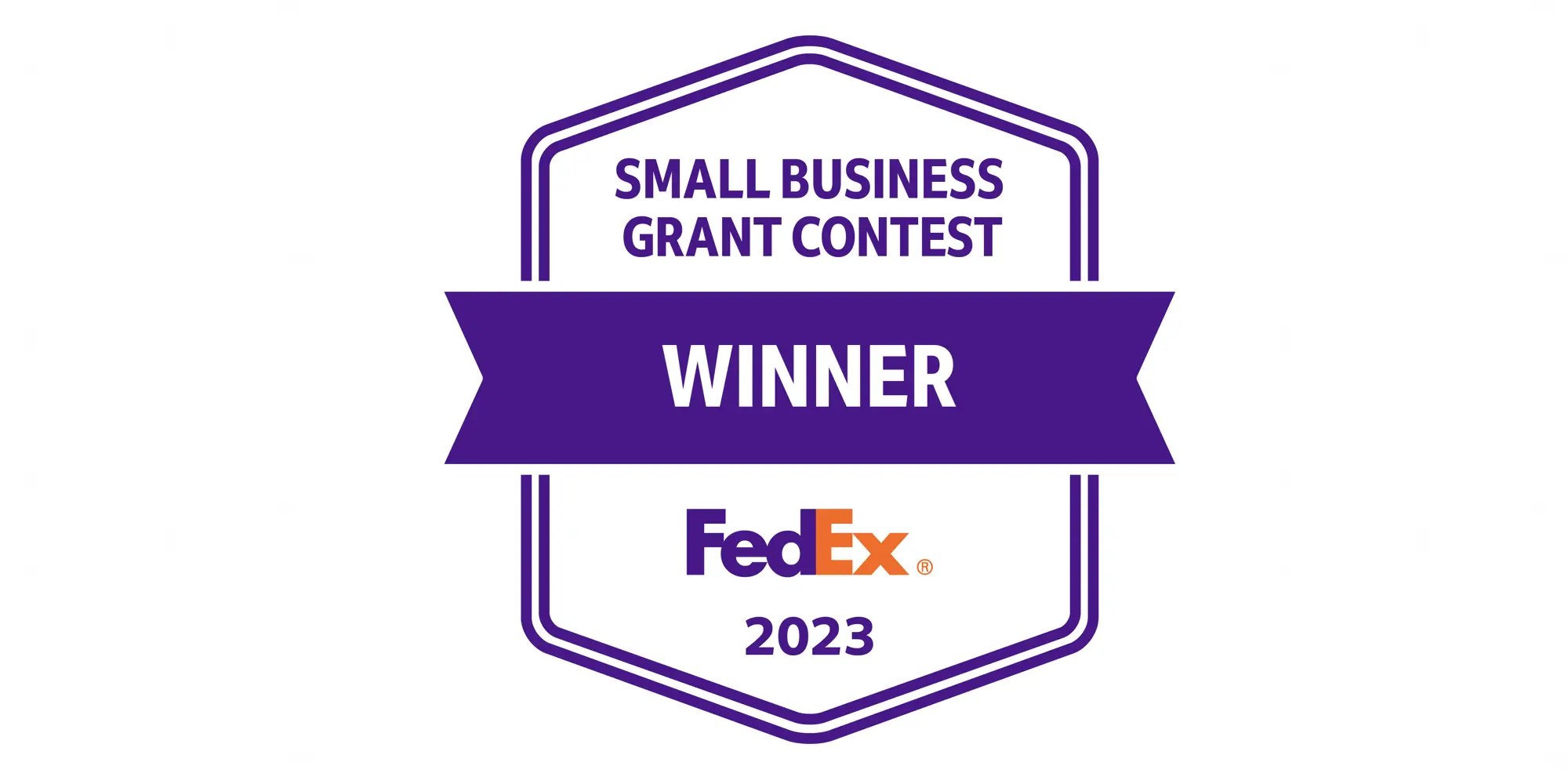
Checking Account Review
Money at 30: Credit Sesame Cash vs. Credit Karma Money Spend
A few months back, I decided to compare two digital banking accounts from two free credit score sites: Credit Karma Money Save (then known simply as Credit Karma Savings) and Credit Sesame Cash. While it made sense to pit these options against each other given their origin, the truth is that comparing a savings account to a checking account made for a difficult conclusion. So, now that Credit Karma is in the process of rolling out its Credit Karma Money Spend account, I figured it was worth exploring how this checking option stacks up against Sesame Cash.
With that, let’s take a feature-by-feature look at how Sesame Cash and Credit Karma Money Spend compare, including the pros and cons of each:

Sesame Cash and Credit Karma Money Spend: How Do They Compare?
Funding your account
Before you can get started using either checking option, you’ll first need to fund your account. To facilitate this, both Credit Karma and Credit Sesame use the secure API Plaid, allowing you to log in to an existing bank account and set-up a transfer. If you’ve never done this before, it’s a tremendously easy process, although it will take a few business days for funds to clear.
One beef I had when I previously compared Sesame Cash to Credit Karma Money Save is that each only allowed you to link a single external account at a time. This is a bummer for me as it means that I need to disconnect or override one account if I want to make a transfer from another. At this time, Credit Karma Money’s accounts still retain this hurdle, although I’m hopeful that this will change down the road.
Thankfully, Credit Sesame Cash now allows users to link multiple accounts at once. However, oddly, it seems that you can manage more than one account when using the website. Meanwhile, tapping “Transfer from Other Banks” in the app still only displays accounts from one bank. This is kind of annoying, yet not as annoying as not being able to link a second account at all, as is currently the case with Credit Karma Money Spend.
Direct deposit
Like most checking accounts, both Credit Sesame Cash and Credit Karma Money Spend give users the option of having their payroll checks directly deposited into their accounts. In fact, when you do set up direct deposit, you may be able to receive your payments up to two days early. However, this feature will depend on how your employer’s payroll system works. To get started with direct deposit for either option, but sure to note your routing number, account number, and banking partner information — all of which can be found in your app of choice.
Debit card
With either your Sesame Cash or Credit Karma Money Save account, you’ll be provided with a free debit card. In the case of Sesame Cash, this debit card operates on the MasterCard network, while the Spend card is a Visa. This means that you can use your debit card to pay for purchases anywhere MasterCard or Visa are accepted, respectively. Both cards also feature the latest technologies, allowing you to pay via tap, chip, or swipe.
When it comes to design, each card reflects a bit on the brand it comes from. The Sesame Cash debit card features a light blue background and white text and on the front with a strikingly yellow back. The Credit Karma debit card has a mostly white front, with text in either green or purple. Yet, the most interesting part is the back, which features a minty green shade and purple swipe strip. Also, this debit card is vertically oriented whereas the Sesame Cash one retains a traditional horizontal alignment. Lastly, while both cards only show the numbers on the back, the Sesame card does display your name on the front.
Personally, in terms of design, I have to give the edge to Credit Karma Money Spend. Not that there’s anything wrong with the Sesame Cash debit card but I prefer the slightly more interesting color scheme and layout of the Spend card. That said, choosing an account based purely on the way the card looks isn’t the best of ideas.

ATM access
When it comes to a checking account, one of the key features is the ability to access cash using a local ATM. As luck would have it, not only do both Sesame Cash and Credit Karma Money Spend offer access to a fee-free ATM network but they also happen to use the same one: Allpoint. According to their site, Allpoint currently counts more than 55,000 machines in their network. As a result, you should be able to find a fee-free option in your area. In the event you don’t, you can use other ATMs using your Sesame Cash or Spend debit cards, although the machine operator may charge you a fee.
Mobile check deposit
Since digital bank accounts typically don’t have branches or ATMs you can make deposits with, it’s common for such accounts to include a mobile check feature. Sure enough, Sesame Cash does have this capability… sort of. In reality, you can make paper check deposits to your Sesame Cash account, but you’ll need to sign-up for and utilize a third-party app called Ingo Money. Frustratingly, while Ingo does offer quick deposit options for a fee, it can take up to 10 business days to deposit a check for free. Still, I suppose it’s nice to have the option if need be.
On that note, at this time, Credit Karma Money Save does not offer a mobile check deposit feature. Instead, you’ll need to stick to transfers or direct deposit.

Bonus features (and cashback)
Lastly, now that we have some of the basics out of the way, what are the features that make each of these accounts special in their own right? For Credit Karma Money Spend, that would be the Instant Karma feature. When you make a transaction (for over one dollar) using your Spend debit card, there’s a chance that your purchase will be reimbursed up to $5,000. Just in case it wasn’t clear, this isn’t an “all of the time” thing and is randomized. Moreover, according to the terms, residents of Florida or New York aren’t eligible for this perk. You can also view a list of recent Instant Karma recipients by tapping the feature in the app or on the site.
As for Credit Sesame Cash, it offers a more straightforward cashback program. In the app, you’ll see a number of in-store and online cashback deals you can activate on your card. For example, one current offer allows users to earn 15% back at Burger King. Notably, it seems that the online offers also only require that you activate the deal and make the purchase using your Sesame Cash card. This would suggest that it may be possible to double-dip by using a shopping portal such as Rakuten and then paying with your Sesame debit card — although I haven’t tried this out for myself to confirm, so this is just speculation on my part.
Another feature of Sesame Cash that makes it unique is the Sesame Rewards program. Originally, this program was listed as expiring October 2nd, 2020 but now shows as going through June 30th, 2021 (at least). With this Sesame Rewards, Cash customers who manage to improve their credit score by at least 10 points during an eligible month can earn $10 while those who increase their score by 100 points or more will be rewarded with $100. This improvement is measured from the point when a user makes a deposit of $25 or more and is measured again 30 days later. This may sound a bit complicated but could also be lucrative for those looking to improve their credit. Thus, I’m not sure why it doesn’t seem to be more prominently featured in Sesame Cash’s promotion. Either way, it’s definitely something to explore.
Sesame Cash vs. Credit Karma Money Spend: Which is Better?
Now that Credit Sesame and Credit Karma both offer checking accounts (in the form of Sesame Cash and Credit Karma Money Spend, respectively), it’s much easier to compare the two options. While they are quite similar to each other and a number of other FinTech checking accounts, I think my overall winner would have to be Sesame Cash by a hair. This is mainly thanks to the accounts cashback offers and unique (yet under-promoted) Rewards program. Meanwhile, although I find the concept of Spend “Instant Karma” to be intriguing, I’m not confident enough that it will really pay off for most people.
With that said, as an overall platform, I still prefer Credit Karma. In addition to offering more features and a more comprehensive look at your credit without an upgrade, the integration between the Spend and Save also makes it a more well-rounded — but still very basic — digital banking account. Of course, we’ll have to see what becomes of the platform once Intuit’s purchase of Credit Karma is completed.
Ultimately, the choice between Credit Sesame Cash and Credit Karma Money Spend will come down to what you’re looking for. On that note, you may find that other options such as SoFi Money provide even more opportunities. Still, if you’re looking for a basic secondary checking account, either of these choices should serve you well.




